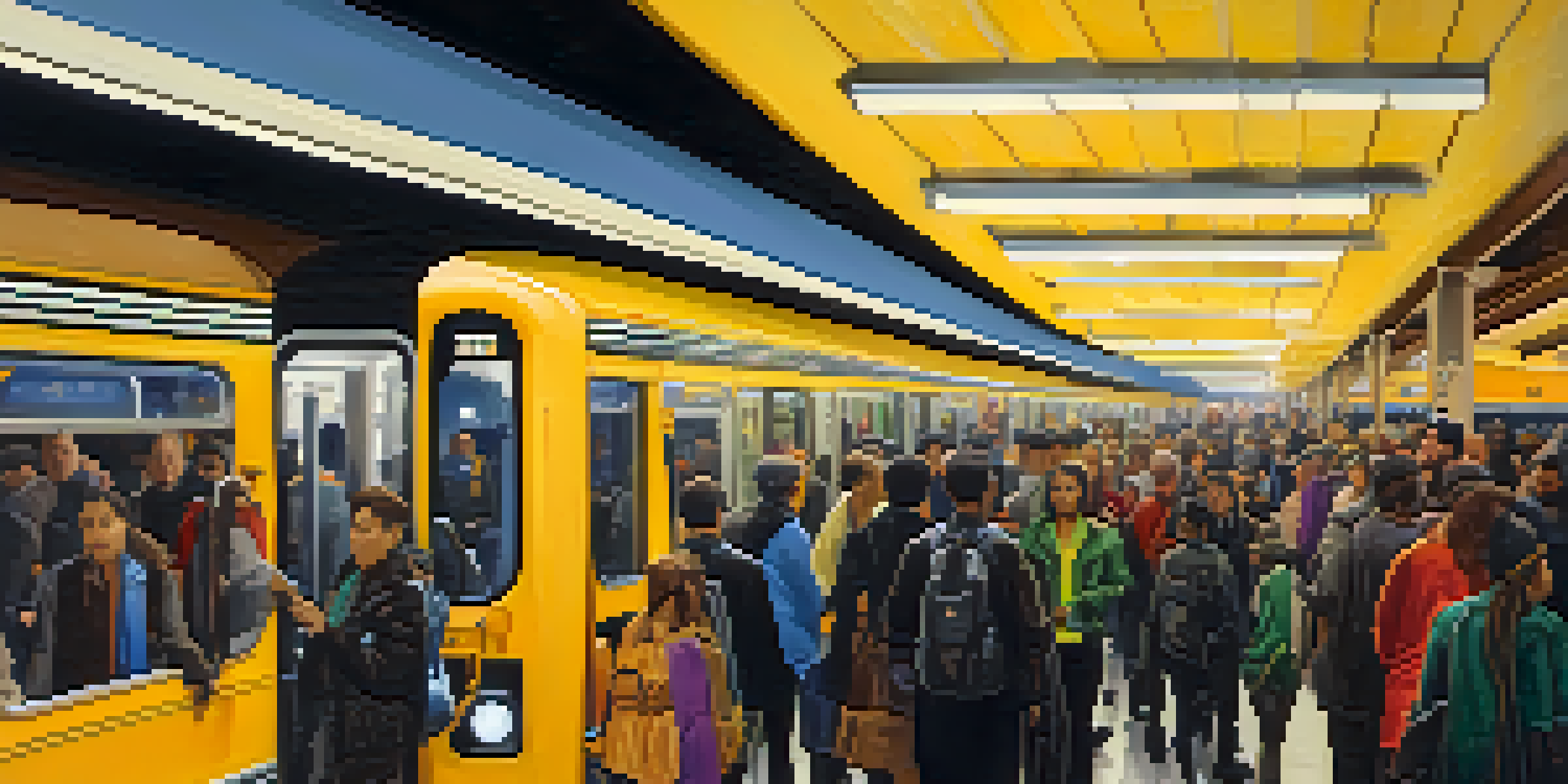Public Transportation and Social Equity in New York City

Understanding Social Equity in Public Transportation
Social equity refers to fair access to resources and services for all individuals, regardless of their background. In the context of public transportation, it encompasses how accessible and affordable transit options are to different communities. New York City, with its diverse population, faces unique challenges in ensuring that everyone has equal opportunities to navigate the city efficiently.
The Importance of Accessible Transit Systems
Accessible transit systems are crucial for enabling low-income individuals and marginalized groups to reach employment, education, and healthcare. In NYC, the subway and bus networks serve as lifelines, connecting millions to essential services. When public transportation is not accessible, it can lead to social isolation and economic disparity, perpetuating cycles of poverty.
Social Equity in Transit Access
Ensuring fair access to public transportation is essential for all individuals, particularly in diverse cities like NYC.
Current Challenges Facing NYC's Public Transport
Despite its extensive network, NYC's public transportation system struggles with issues like overcrowding, aging infrastructure, and service inequalities. Many neighborhoods, especially those in outer boroughs, lack sufficient transit options, making it difficult for residents to travel efficiently. This disparity can exacerbate existing social inequities, as those without reliable access are left behind.
The Impact of Fare Policies on Equity
Fare policies play a significant role in determining who can afford to use public transportation. In NYC, high subway and bus fares can disproportionately affect low-income riders, limiting their mobility. Programs like reduced fare options for seniors and people with disabilities are steps in the right direction, but more comprehensive solutions are needed to ensure everyone can access the system.
Challenges in NYC's Transit System
NYC's public transportation faces significant issues, including overcrowding and service inequalities, which exacerbate social disparities.
Community Engagement and Public Input
Engaging with communities is essential for creating a public transportation system that reflects the needs of all New Yorkers. By incorporating feedback from diverse groups, transit authorities can address specific challenges and identify areas for improvement. Community forums and surveys are valuable tools that help ensure that the voices of underrepresented individuals are heard in the decision-making process.
Innovative Solutions for Improving Access
To combat the challenges of public transportation in NYC, innovative solutions must be explored. For instance, expanding service hours and increasing the frequency of buses and trains can significantly enhance accessibility. Additionally, introducing on-demand transit options could cater to areas that are currently underserved by the existing network.
Technology Enhancing Transit Equity
Leveraging technology can improve public transit accessibility by providing real-time information and analyzing data to address inequities.
The Role of Technology in Enhancing Equity
Technology can play a transformative role in making public transportation more equitable. Apps that provide real-time information about transit options can empower riders to make informed choices about their journeys. Moreover, leveraging data analytics can help transit authorities identify patterns and address inequities within the system, ensuring that resources are allocated where they are needed most.
Looking Ahead: The Future of Transit Equity in NYC
As NYC continues to evolve, the importance of achieving social equity in public transportation will only grow. Future initiatives must prioritize inclusivity and accessibility, ensuring that everyone can benefit from the city's transit system. By fostering collaboration between transit authorities, community organizations, and residents, we can work towards a more equitable future for all New Yorkers.